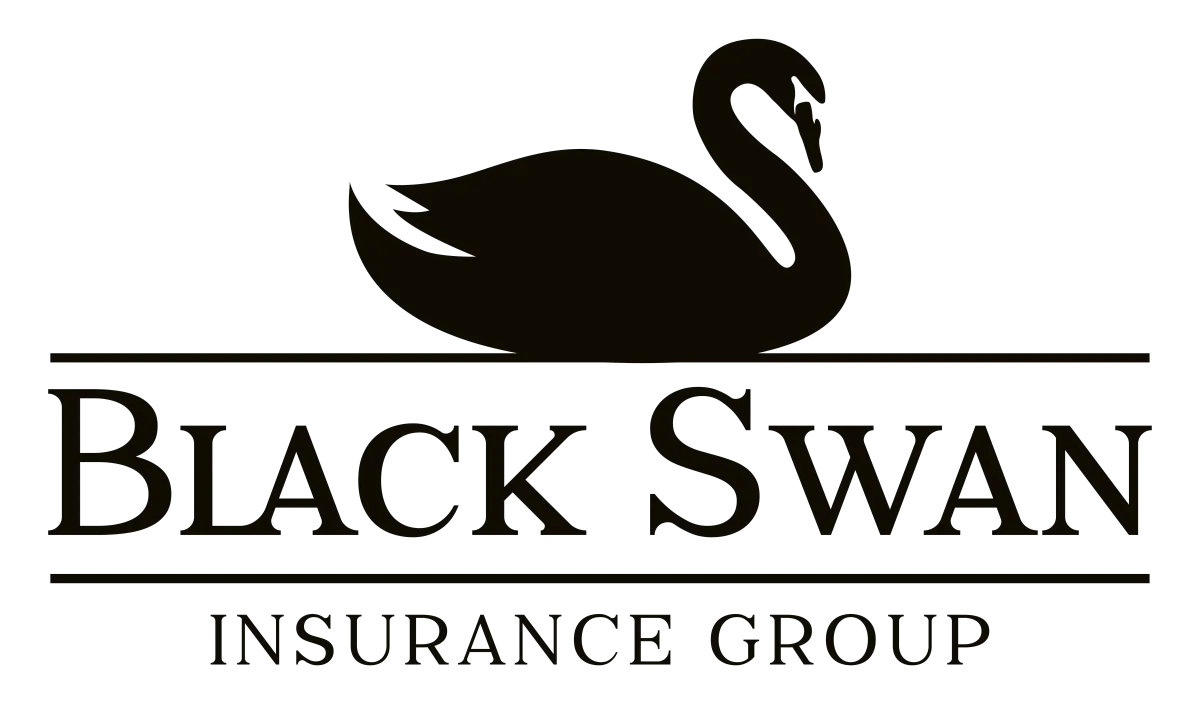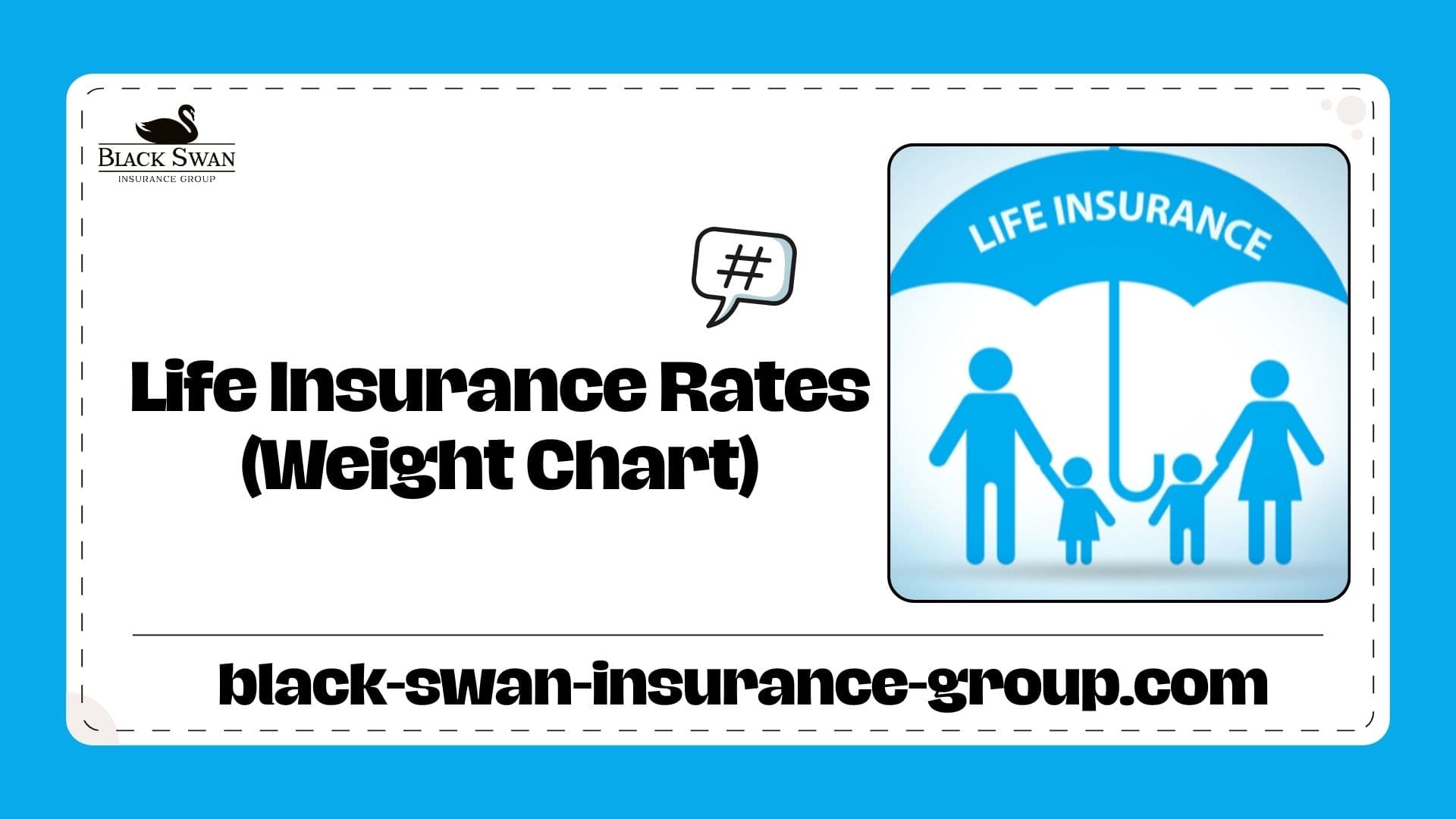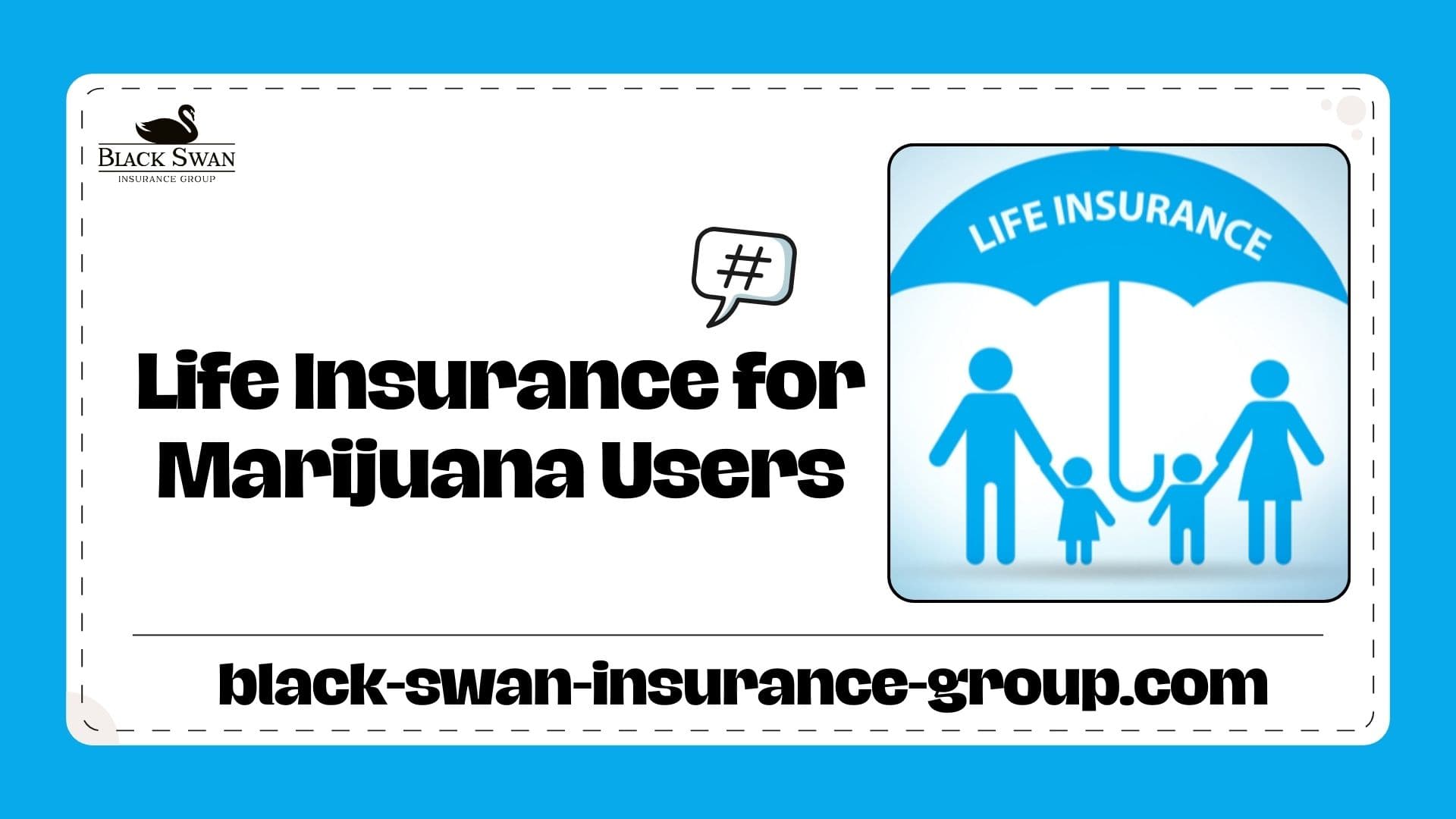Taking control of finances through the “Be Your Own Banker” strategy means building a financial system you manage yourself. This strategy, popularized by Nelson Nash, helps you use tools like whole life insurance policies to borrow against your own money rather than depending on traditional banks or lenders. The concept might sound unusual, but it’s grounded in practical finance principles, offering potential benefits like greater flexibility, lower interest costs, and increased control over your financial future. Creating your personal banking system can involve specific methods such as the “Bank On Yourself” approach, using whole life insurance as a financial tool.
Exploring ways to manage money independently puts financial power back into your hands. The “Be Your Own Banker” approach isn’t complicated as it’s a structured way of thinking differently about your savings, investments, and lending options. By stepping into the role filled by banks, you can access unique opportunities to grow wealth securely.
What Does It Mean to “Be Your Own Banker”?
“Be Your Own Banker” is a financial approach that allows you to operate your personal finances much like a traditional bank but with you in control. It involves using a specifically structured whole life insurance policy to create your own banking system. Instead of relying on banks or financial institutions, you use your own accumulated funds within this policy as a personal lending source. You borrow from and repay yourself, and the interest you pay back goes directly into your account rather than a bank’s profits. The essence of this strategy is financial independence, letting you manage your money effectively while reducing dependency on external lenders.
What is the History of the “Be Your Own Banker” Concept?
The “Be Your Own Banker” concept, commonly known as the Infinite Banking Concept, was introduced in the early 1980s by R. Nelson Nash. Nash, a financial educator frustrated by high-interest loans and economic volatility at the time, sought an alternative way to handle personal finances. His pioneering insights led to the publication of his influential book, “Becoming Your Own Banker,” first released in 2000. The book quickly gained support among those seeking more reliable, stable, and autonomous financial options. Nash’s method influenced traditional financial instruments, specifically dividend-paying whole life insurance, which repurposed them uniquely and innovatively, attracting individuals seeking financial freedom and security today.
How Does the “Be Your Own Banker” Strategy Work?
The strategy of becoming your own banker involves several steps, each important for successfully implementing this financial system:
Step 1: Build Your Capital Reserve
Initially, you accumulate savings or capital reserves. Regular contributions gradually increase your financial resources, creating a substantial reserve you’ll use as your personal funding source.
Step 2: Access Your Funds Directly
When financial needs arise, such as investments, large purchases, or unexpected expenses, you borrow from your own reserves. Unlike traditional loans, you set your terms without external approvals or credit checks, allowing immediate and convenient access.
Step 3: Establish Personal Loan Terms
Clearly define your repayment schedule, including the interest rate you’ll charge yourself. This structured approach replicates conventional lending, ensuring disciplined financial management and sustainable wealth building.
Step 4: Repay and Replenish Your Funds
As you repay your loan with interest, all repayments flow directly into your reserve. Paying interest to yourself enhances your overall capital, steadily increasing your financial strength and future borrowing capability.
Step 5: Continuously Reinvest Your Capital
Regularly repeat this borrowing and repayment cycle, using your growing capital to fund future financial opportunities. Each cycle reinforces and expands your financial independence, creating lasting personal wealth.
What are the Benefits of the “Be Your Own Banker” Strategy?
- Consistent Cash Value Growth: Your policy’s cash value steadily grows regardless of market fluctuations, ensuring stable and predictable financial progress.
- Tax Advantages: Growth within the policy remains tax-deferred, and loans against your policy’s cash value are usually tax-free, providing long-term savings.
- Control and Flexibility: You determine when and how much to borrow without dependence on traditional financial institutions. This allows greater financial flexibility and responsiveness to your changing circumstances.
- Legacy Building: Besides serving as a personal banking mechanism, the policy also includes a guaranteed death benefit. This offers financial security for your beneficiaries, offering generational wealth transfer.
Why Should You Become Your Own Bank?
Choosing to become your own bank offers advantages worth considering:
- Recapture Interest Payments: Instead of paying interest to banks, you pay it back to your own policy, effectively recapturing those costs and boosting personal savings.
- Financial Security: Creating your own banking system offers stability and insulation from market volatility, as whole life insurance is not subject to market downturns.
- Immediate Access to Funds: Direct access to your accumulated cash value means funds are available quickly, without the delays associated with conventional loan approvals.
- Long-Term Wealth Accumulation: This method provides a disciplined way to accumulate wealth steadily and predictably without the risks of a traditional investment system.
How Can You Create Your Personal Banking System?
Establishing your personal banking system involves careful planning, structured policy selection, and disciplined management:
- Consult a Financial Professional: Begin by engaging with a professional experienced in structuring life insurance policies specifically for banking purposes. They will assist in creating a policy focused on cash-value accumulation.
- Choose and Structure Your Policy Carefully: Select a dividend-paying whole life insurance policy from a reputable mutual insurance company. The policy must be structured to maximize early cash-value growth, enabling quicker access to funds.
- Commit to Regular Funding: Consistently fund your policy to ensure robust cash-value growth. This discipline is essential for the strategy to work effectively.
- Strategic Loan Management: Borrow strategically from your policy and maintain disciplined repayment schedules to optimize long-term benefits and continuous cash-value growth.
What Should You Know Before Choosing the “Bank on Yourself” Method?
Before adopting the “Bank On Yourself” method, carefully consider the following critical points:
- Policy Customisation: Policies must be specifically structured for high cash-value accumulation. A standard whole life insurance policy won’t suffice.
- Long-Term Commitment Required: The strategy demands patience. Substantial benefits emerge after several years of consistent premium payments.
- Higher Initial Premiums: Expect higher initial premiums than traditional insurance products, reflecting the accelerated cash-value accumulation designed into these policies.
- Loan Management Discipline: Failure to manage loans carefully can decrease your policy’s overall benefits. Outstanding loans, if unpaid, reduce the death benefit and cash value.
- Tax Implications: Although generally favourable, improper management, such as surrendering a policy prematurely, can lead to unintended tax consequences.
How Do You Start Your Own Bank Using Life Insurance?
Establishing a personal banking system through life insurance, known as the Infinite Banking Concept, involves using the cash value of a whole life insurance policy. Here’s a step-by-step guide to this strategy:
- Select a Suitable Whole Life Insurance Policy:
- Choose a Policy: Choose a dividend-paying whole life insurance policy from a reputable mutual insurance company. These policies offer guaranteed cash value growth and potential dividends.
- Policy Design: Make sure the policy is structured to maximize cash value accumulation. This often involves incorporating riders like Paid-Up Additions (PUAs), which allow for additional premium payments to boost cash value.
- Fund the Policy Consistently:
- Premium Payments: Regularly pay the policy premiums. A portion of these payments contributes to the cash value, which grows over time.
- Overfunding: Consider contributing more than the minimum premium to accelerate cash value growth. This strategy, known as overfunding, enhances the policy’s cash accumulation potential.
- Access the Cash Value: Once sufficient cash value has accumulated, you can borrow against it. These loans don’t require credit checks, and you set the repayment terms. The borrowed amount continues to earn dividends and interest, maintaining uninterrupted growth.
- Repay Loans Strategically: Repay the loans on your schedule. Timely repayments restore your cash value and make funds available for future borrowing. Interest paid goes back into your policy, benefiting your financial ecosystem.
What Are the Benefits of Being Your Own Bank with Whole Life Insurance?
Applying the Infinite Banking Concept through whole life insurance offers several benefits:
- Asset Protection: In certain jurisdictions, the cash value accumulated within a whole life insurance policy is shielded from creditors, providing a layer of financial security against potential legal claims.
- Self-Determined Financing: Policyholders can access funds by borrowing against their policy’s cash value without traditional loan approval, offering a personalized and flexible financing option.
- Consistent Cash Flow in Retirement: The cash value can serve as a reliable source of income during retirement, supplementing other retirement funds and ensuring financial stability.
- Legacy Planning: The death benefit provides a tax-free inheritance to beneficiaries, facilitating effective wealth transfer and legacy planning.
- Potential Dividends: Participating in life policies may pay dividends, which can increase the policy’s cash value, reduce premiums, or be taken as cash, enhancing the policy’s overall value.
What Are the Drawbacks of Using Whole Life Insurance to Become Your Own Bank?
While the Infinite Banking Concept offers several advantages, it’s important to consider potential drawbacks:
- High Premium Costs: Whole life insurance policies require higher premiums than term life insurance, requiring a substantial financial commitment.
- Slow Cash Value Accumulation: The cash value may take several years to build sufficiently for significant borrowing, requiring patience and long-term planning.
- Complexity: Understanding and implementing the Infinite Banking Concept can be complex, often requiring guidance from knowledgeable financial professionals.
- Policy Loan Risks: Unpaid policy loans can reduce the death benefit and may lead to policy lapse if not appropriately managed, posing risks to the policyholder’s financial strategy.
How to Be Your Own Bank Without Life Insurance
Alternative strategies exist for those seeking similar benefits without life insurance:
- Velocity Banking:
- Concept: Uses a home equity line of credit (HELOC) to manage cash flow and pay down debts quickly.
- Mechanism: Income is deposited into the HELOC, reducing the principal balance and interest charges. Expenses are then paid from the HELOC, which is used as a checking account.
- Self-Directed Retirement Accounts:
- Concept: Allows individuals to control their retirement funds and invest in a broader range of assets.
- Mechanism: Self-directed IRAs or 401(k)s enable investments in real estate, private businesses, or other non-traditional assets, providing more control over investment decisions. (source)
- Cash Management Accounts (CMAs):
- Concept: Combines checking, savings, and investment account features into one platform.
- Mechanism: CMAs offer higher interest rates than traditional savings accounts and provide easy access to funds, facilitating efficient cash flow management.
Why Choose Black Swan Insurance Group for Insurance & Financial Solutions in the US?
Choose Black Swan Insurance Group for insurance and financial solutions in the US to secure reliable financial strategies and personalized insurance coverage. Located conveniently across America, Black Swan Insurance Group provides comprehensive services, including retirement planning, wealth management, and customized life insurance, ensuring financial stability and protection aligned precisely with your unique needs and goals.
Is it legal to be your own bank in the United States?
Yes, it’s legal to be your own bank in the United States through personal financial strategies, including whole life insurance policies, personal lending arrangements, or self-managed retirement accounts. You must comply with applicable federal and state regulations and manage tax obligations carefully.
Do you need special licenses to act as your own bank in the U.S.?
No, you don’t need special licenses to act as your own bank in the U.S. with life insurance policies, home equity lines of credit, or individual investments. Licensing requirements only apply if you provide financial services or operate a banking institution.








